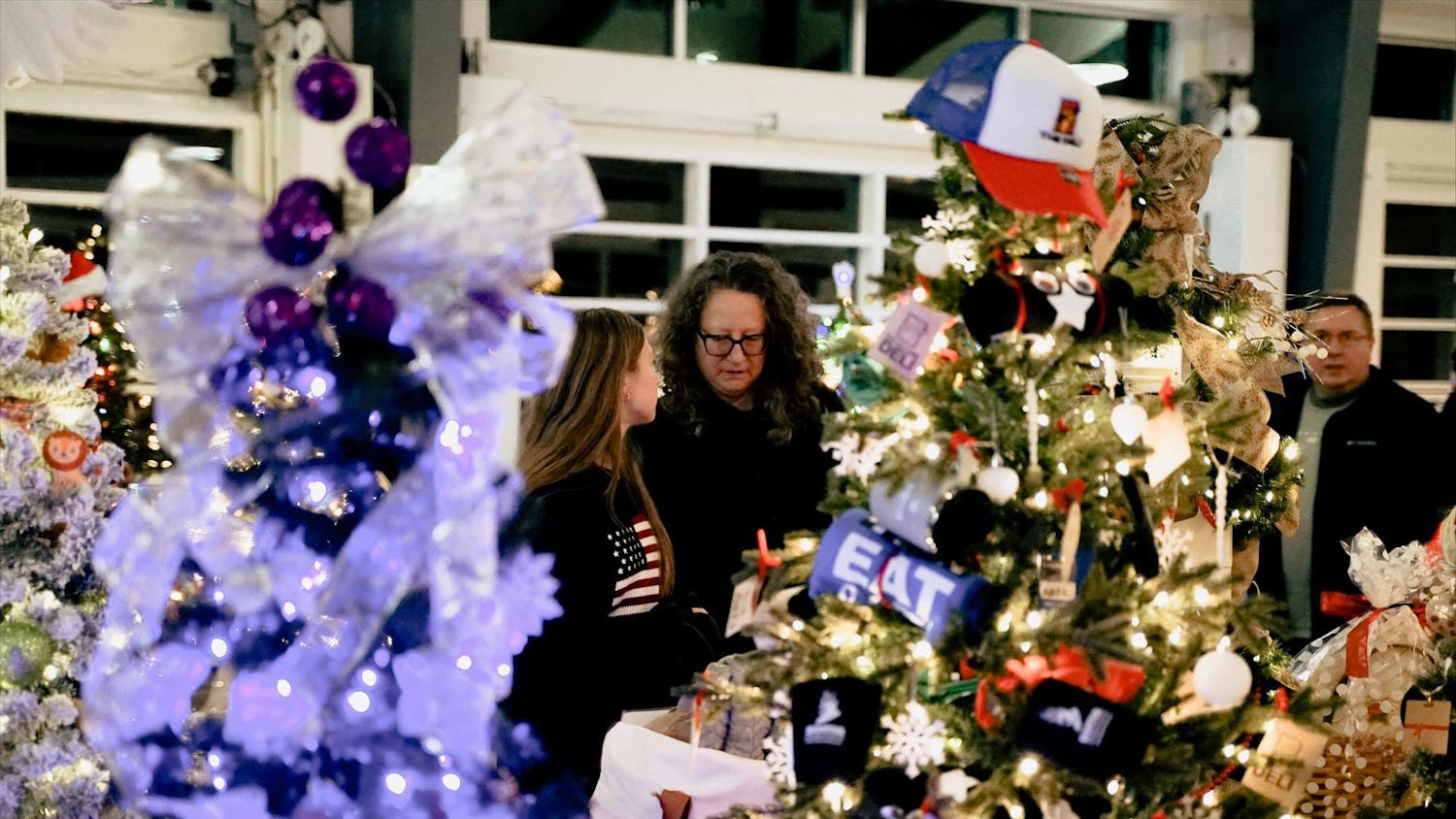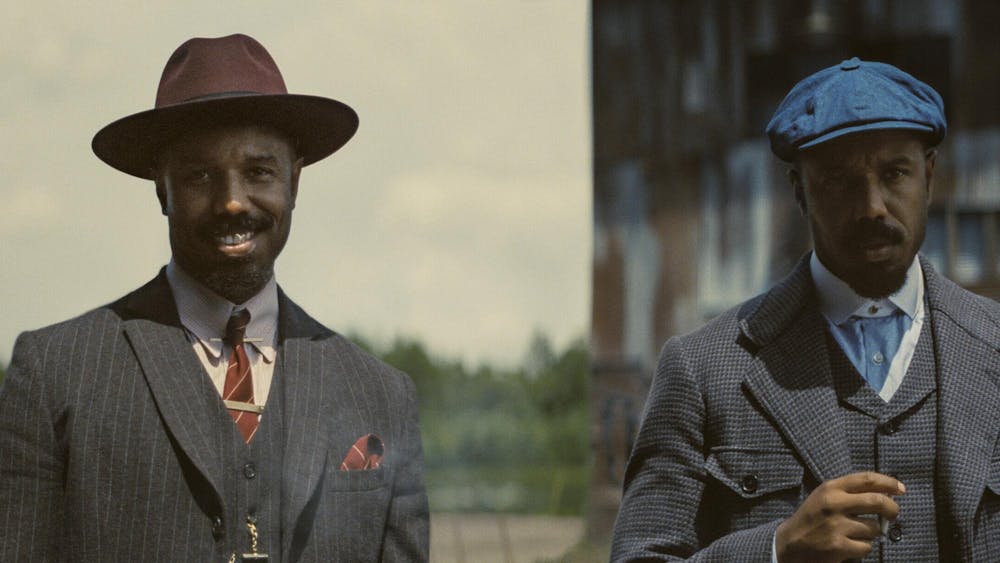LONDON -- The British Museum turns 250 on Saturday -- an 18th-century institution determined to shine a light on the 21st.\nOne of the great achievements of the Age of Reason, the museum was founded in 1753 by a burgeoning imperial power as a place where British artifacts could sit alongside treasures and trophies from countries around the world.\nToday some of those countries want their treasures back, and funding troubles have forced the museum to cut opening hours for several exhibits. But museum director Neil MacGregor insists the institution's mission is as relevant as ever -- and says there are no plans to give up its treasures.\n"The point of the British Museum was the belief that every citizen had a right to understand the world, the belief that only an informed citizen can be a free citizen," he said. "That seems to me to be the same now as it was 250 years ago."\nThe world's first national public museum was founded by an act of Parliament on June 7, 1753, with a bequest of 70,000 objects from collector Sir Hans Sloane and a mandate to admit "all studious and curious Persons."\nIt acquired its first Egyptian mummy in 1756 and opened to the public in 1759 in a 17th-century mansion in London's Bloomsbury district. The first staff consisted of a librarian, six curators, a porter, a messenger, two watchmen and four maids.\nToday the museum fills a vast Neoclassical building on the original site, has 7 million objects and 1,000 staff, and attracts 5 million visitors a year.\nIts mandate -- to study and display the world's historic and prehistoric riches -- has critics. Greece has long demanded the return of the Parthenon Marbles, the 2,500-year-old frieze depicting an Athenian procession that Britain acquired in 1811 from Lord Elgin, British ambassador to the Ottoman Empire.\nThe museum has acknowledged holding several works looted by the Nazis during World War II, and other countries also have lobbied for the return of artifacts.\nThe museum says it takes all claims seriously, but MacGregor insists the marbles will not be returned.\n"It's very important there be places where you can look at the achievements of all of humanity together," he said. "The museum has always been about understanding how the world fits together."\nThe museum is a sprawling series of rooms filled with Greek statues and Etruscan vases, Bronze Age gold, African sculptures and a Haida totem pole. It is the archetypal general-interest museum -- quirky, absorbing, a little overwhelming.\n"It's just so big," said 23-year-old Liz Elverson. "I'm from Chicago, and I thought I'd seen all the good museums."\nOver the past two years, the museum has grappled with a budget shortfall, as the Sept. 11 terrorist attacks and Britain's foot-and-mouth epidemic deterred many of the tourists who make up 60 percent of its visitors.\nAdmission is free. Funding comes from the government -- about $58 million a year -- along with donations and income from its gift shops, restaurants and cafes.\nA government decision to make all major museums free also siphoned off some visitors. The museum had 4.6 million visitors last year and 4.8 million in 2001, down 700,000 from the year before that.\nTo cut costs, some exhibits are closed on certain days of the week, others kept open for only 3 1/2 hours a day. In June 2002, staff went on a one-day strike -- the first in the museum's history -- to protest 150 layoffs.\nBut MacGregor said the budget crisis is over.\n"We're back on an even keel financially and we can start thinking about moving ahead," he said.\nDonald Lee, assistant editor of The Art Newspaper, said the museum had turned a corner under MacGregor.\n"They've had a very rough passage but they've come through it as far as I can see," he said. "It's a unique, remarkable institution and I think it's in extremely good health"
Museum celebrates 250th year
British Museum strong, despite cuts
Get stories like this in your inbox
Subscribe





